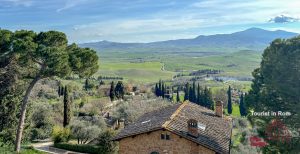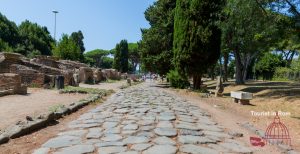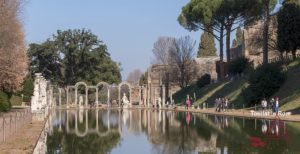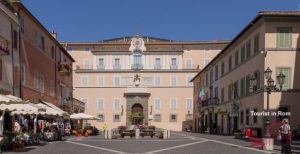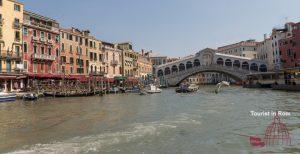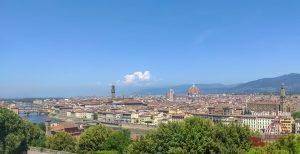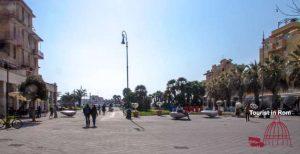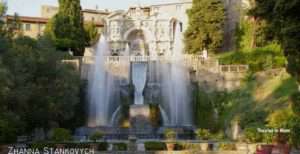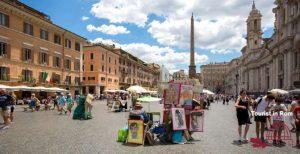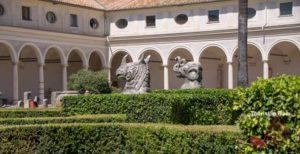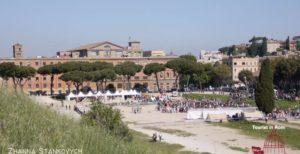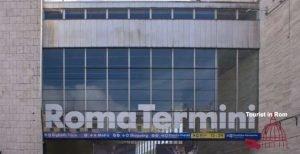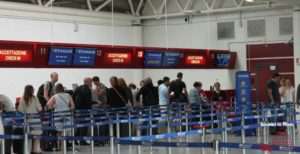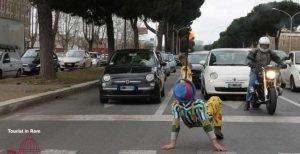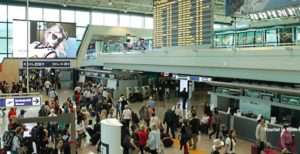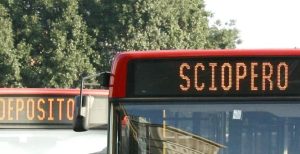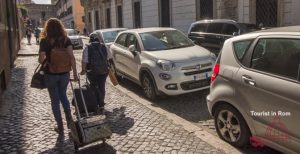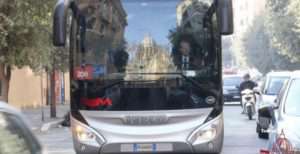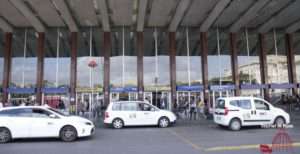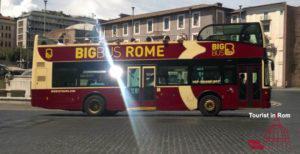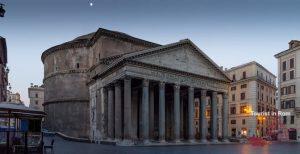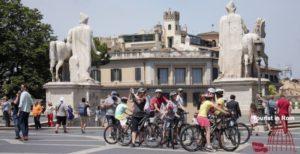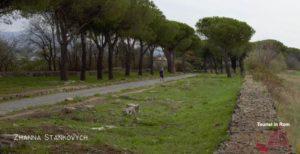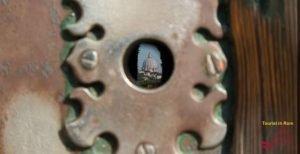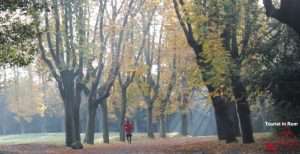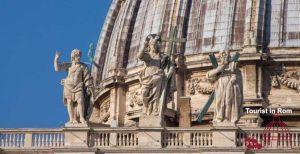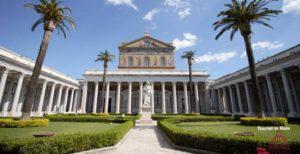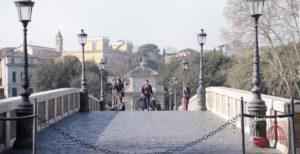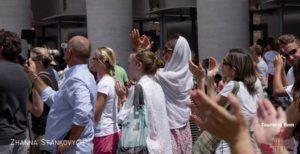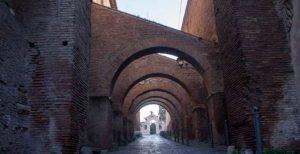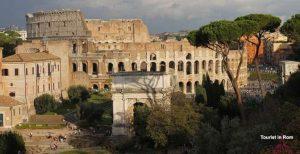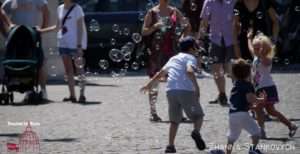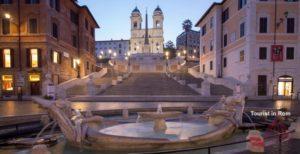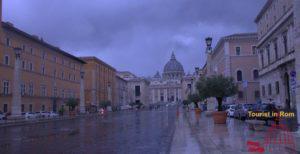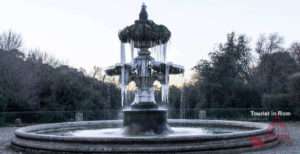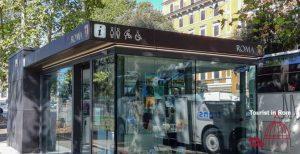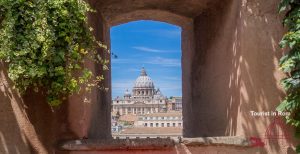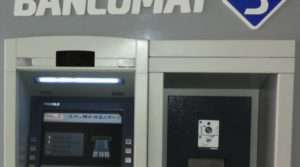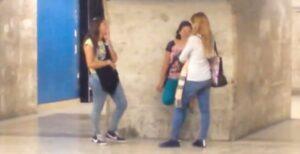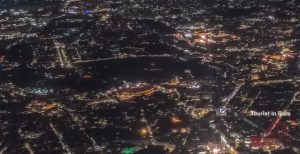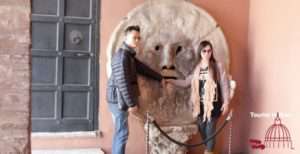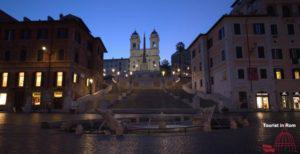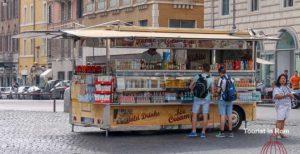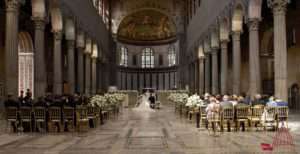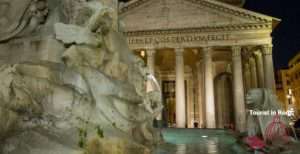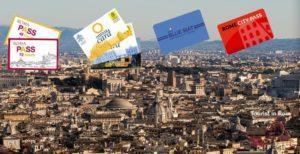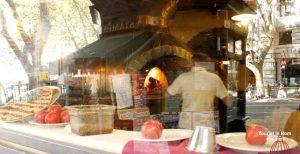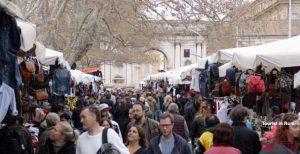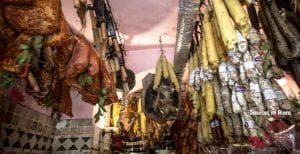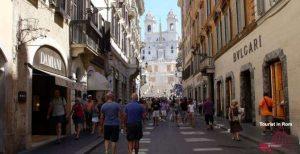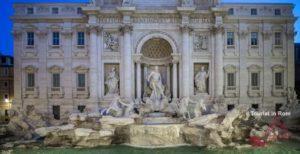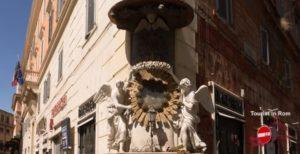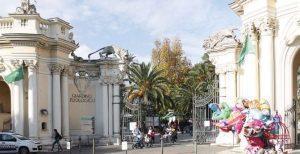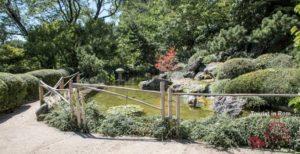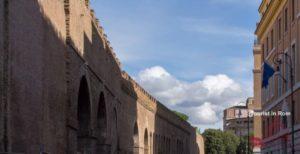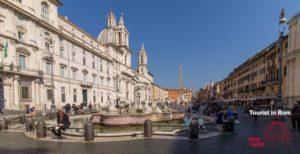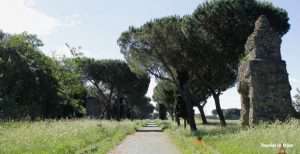The Pompeii Excavations are the best place to learn more about life in an ancient Roman city.
How to get there
The excavations of Pompeii can be reached by train or by car. Taking the high-speed train from Rome saves about 90 minutes compared to driving.
Driving to Pompeii in your own car is therefore only worthwhile if you want to stay longer in the area, for example to visit Naples, the Amalfi Coast or the Phlegraean Fields.
You can take the high-speed train to either Napoli Centrale or Salerno. From Naples the local train Circumvesuviana runs every 20-30 minutes to Pompei Scavi, on the line to Sorrento. The journey takes around 40 minutes. Unfortunately, the line is not very reliable and is one of the worst railway companies in Italy.
From Salerno the state railway goes to Pompei station and from there it is a 10 minute walk to the archaeological area. The journey from Rome to Pompei by train costs around 110 euros return.
Every Sunday there is a direct connection with the high-speed train Frecciarossa from Roma Termini to Pompei at 8:53 with arrival at 10:40 and continuation by bus with arrival at 10:55 at the Scavi. The train ticket can be booked including bus from Rome to Pompei Scavi. Return from Pompei Scavi by bus at 18:15 to Pompei train station and from there by Frecciarossa at 18:40 arriving at 20:55 in Roma Termini.
Guided tours
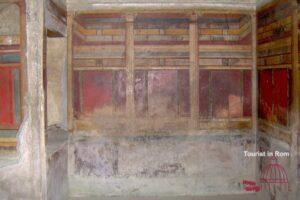
There are also guided tours to Pompeii departing from Rome. There is a Vesuvius tour from Naples. For this tour you need to catch the 8am express train in Rome and an evening train for the return trip.
Other interesting tours from Rome include the Pompeii and Naples Day Tour with hotel pick-up and lunch and the Ancient Pompeii and Sorrento Day Trip, guided tour with an archaeologist and drive to the picturesque seaside town of Sorrento.
Hours
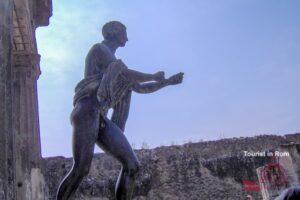
The site has three entrances. The main entrance is in Piazza Esedra / Porta Marina inferiore. The same access rules apply as for all national museums in Italy.
The following opening times apply: November 1 – March 31, 9:00 a.m. to 5:00 p.m., April 1 – October 31, to 7:00 p.m. The last entry time is 90 minutes before closing. Closed on January 1st, May 1st and December 25th.
The excavations
Excavations began in 1748 under the Bourbon King Charles III, who later became King of Spain. He showed off the treasure he had dug up and was happy to give princes and kings one or the other piece as a present. Today, a large part of the collection can be admired in the National Archaeological Museum of Naples.
Research and excavations continue today with innovative methods and the latest technology. Director Gabriel Zuchtriegel regularly publishes sensational discoveries and the latest research results. As part of excavations and restorations, more and more areas are being made accessible to the public. The success is also reflected in the number of visitors, which on some days are already higher than at the Colosseum.
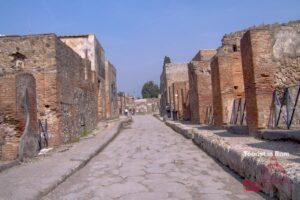
Time stood still in Pompeii almost 2000 years ago. Even then, graffiti was painted on the walls, there was a fast food shop and everything you needed for city life. You will find well-preserved mosaics and frescoes, as well as erotic paintings.
The ancient streets had roadways, sidewalks, pedestrian crossings, and water pipes. The ruts of the carts have milled into the roadways. Traces from almost 2,000 years ago!
Human bodies have left their mark in the hot ash. They have been plastered and you can see their last moments, even the grimaces of terror.
Highlights
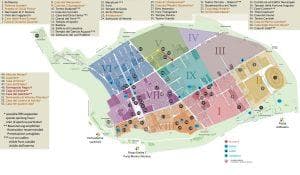
No. 23, the Antiquarium, is located to the left of the main entrance. Opened in 2021, it displays finds from the 4th century BC to the eruption of the volcano in 79, providing an introduction to the history of the city and its relationship with Rome.
No. 14, the Temple of Apollo, is one of the oldest places of worship. The originals of the statues, such as Apollo as an archer, are in the Archaeological Museum of Naples.
Crossing the Forum (No. 20) you will come to the House of the Faun, No. 39, one of the largest and most luxurious houses in Pompeii. It covers an area of 3,000 square meters. Its richness can be seen from the entrance with the majestic portal, the decorations and the floor in marble. In the center of the water basin in the hall is the dancing faun. In the area between the first and second courtyards you can admire the copy of a mosaic from the 2nd century BC, which shows the decisive battle between Alexander the Great and the Persian king Darius.
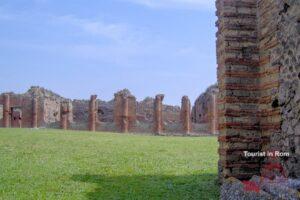
In the suburb there is the Mystery Villa, n. 44. To get to the villa, take the ancient road to Ercolano, passing through Porta Ercolano. Well preserved frescoes show mysterious rites.
Even in ancient Pompeii, food was sold through the street. The Termopolio, No. 48, was excavated in 2018-2020 and its furnishings and decorations vividly show what it must have been like back then.
To get a cross-section of life in Pompeii, a look at the brothel is not to be missed. The Lupanare, no. 45, is decorated with erotic drawings.
Finally, we recommend the Garden of the Fugitives, L’orto dei fuggiaschi, n. 5, where there was a vineyard. The prints of 13 victims were found, adults and children, masters and slaves, who were surprised by a lava flow while fleeing over the hot 3.5 m high volcanic ash.
How Pompeii went down
Pompeii was a rich seaport at the mouth of the Sarno River with around 15,000 inhabitants.
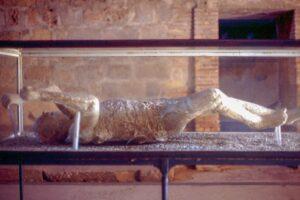
Vesuvius was not considered a danger as it had not been active for centuries, and people settled on the slopes too. An earthquake in AD 62 was not associated with the volcano. In AD 79, it erupted on the afternoon of August 24th. In the first phase, which was accompanied by many earthquakes and lasted until the next morning, a 15 kilometer high cloud of ash, gas and water vapor formed. During the night the activity decreased and many residents returned. In the morning came the lava that led to the downfall of the city. The hot ash that rained down on the city and the lava buried everything up to 6 meters high. People and animals died in seconds and left their mark on the cooling ashes. The sea is now 1.5 km away.
Volcanoes in Campania
The Campania region is still a volcanically active area today and the danger gives it a special charm. Next to Vesuvius there is the area of the Phlegraean Fields, where the Greeks assumed the entrance to the underworld. A whole family sank here a few years ago. A naughty child ignored the barrier and sank in the hot sand. The mother jumped after to save him and so did the father. Only the older son survived. What a tragedy!
The subsurface of the Phlegraean Fields is very active and the area regularly rises and falls. The last eruption occurred in 1538. Volcanologists therefore continuously monitor the area.
The thermal baths of Ischia testify to the volcanic activity and places like Sorrento, the Amalfi coast and the island of Capri invite us to dream.
